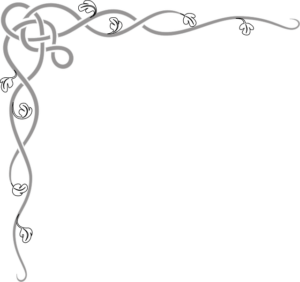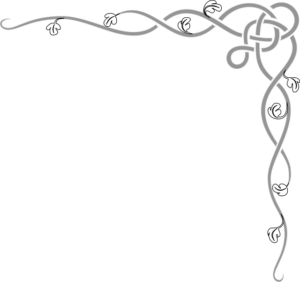Meet the O'Haras
Deeply rooted in the struggles to survive in Eire throughout the 19th century, Michael O’Hara appears to have earned his money as a weaver.
Donald E. Jordan Junior in “Land and Popular Politics in Ireland” describes how the lay of the land in County Mayo figured in the creation of its economy: “The core begins with a narrow corridor encompassing the land around Killala and Ballina in North Mayo, widens out in mid-Mayo to include the land between Castlebar and Westport, and then continues east to the Galway and

Roscommon Borders. This central corridor contains much of the best pasture and tillage in Mayo and was the area of the county where a livestock economy developed most fully following the famine. Most of the county’s major towns were created in this core region, linked together by roads and beginning in 1860 by railroads.” (Jordan, 1994, p.5).
However, a third of the county was classed as bog or mountain area and, as such, unsuitable for pasture. Market towns such as Castlebar, Westport, Newport and Ballina owed much of their growth to the linen weaving industry that thrived there in the late 18th, early 19th century. This was superceded by the growth of oats and corn by the end of 1830.
As a seaport on the River Moy, Ballina had thrived well enough but was not officially incorporated into the townlands until 1729, when Lord Tyrawley (ironically real name Charles O’Hara) built the first road and also a cotton factory. O’Hara was a military man and ended his career as Commander-in-Chief, Ireland. He was succeeded by his son James O’Hara.
Ballina also was granted it’s market town status at this time. How Michael O’Hara made his living after the 1830’s we do not know but an educated guess would suggest that his life and that of his family, would have largely depended upon the potato crops that became the staple diets of the majority of the Irish working class. He married Mary Cairns and went on to have a number of children in the Ballina area, some of which did not survive the rigorous environment.

The family made their way by ship to Glasgow, landing in Govan with many thousands of others hoping for a “promised land” that would feed and clothe them. Most were better off than back in a starving Ireland but conditions were not a great deal better. The Gorbals became a settlement area for many just off the boats that came up the Clyde like an armada for weeks on end.
At some point shortly after their arrival, the family split up and some moved further east to lay roots down in Carluke, finding employment in the local mines.
Peter Patrick O’Hara, son of Michael and Mary, found work at Law Colliery and when his son, Peter, was born in April 1855, the birth certificate tells us that Peter Patrick was 34 years old, had been married in Kilmore in 1842 to Wineridge O’Boyle and that they had already had 6 children, 2 boys of whom had died but 1 daughter and 3 sons were still alive, the birth of Peter making 4 sons. Descendants of this branch of the family began to spread their wings and eventually found their way south of the border into South Yorkshire and even further afield to the Channel Islands and across the Atlantic to the USA. Meanwhile, Peter Patrick’s brother John, seems to have been the mainstay of the branch that remained in the Glasgow area, specifically the Gorbals. It would appear that America was the main destination for escapees of this part of the family left the area but more research needs to take place in this area.

Families in More Detail
To take a look at some of our individual families in more detail just click on the photos below and we will take you to a more detailed story of that family as we know it including the locations associated with the family.
Meet the Heads of the Family

The O'Haras
From Ballina, County Sligo (Mayo) as far as Pennsylvania in the USA and south across the Sottish border to South Yorkshire.

The Rynns
Originally from Ireland, Richard Rinn had emigrated to Scotland after 1828. The spelling of their name mutated in their new land.
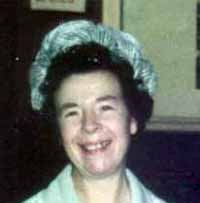
The Pridmores
With a large concentration in Bourne in Lincolnshire, their saddlery skills were easily transferred to Sheffield in the mid-19th century

The Temprells
The Temprells were a Nottinghamshire family that settled onthe South Yorkshire border. A mining family.
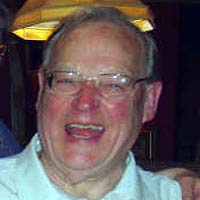
The Bagshaws
Strething back many generations to the Derbyshire / Nottinghamshire border, the Bagshaws appear to have had little wanderlust.
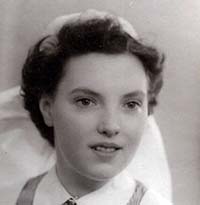
The Parrys
Inhabiting Denbighshire and the North Welsh coast, they spread their wings into Merseyside but not too much further.
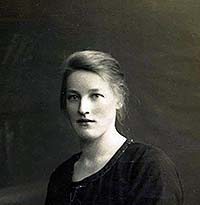
The Hopkinsons
Our Hopkinsons show a presence in Derbyshire going back to the mid-18th century with continuity there for at least 3 centuries.
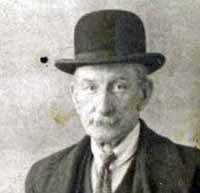
The Allsops
Another family with a Derbyshire pedigree back to the early 1700's. Ashbourne, Hognaston and Brassington being favoured.

Copyright
Copyright Chris and Jill O’Hara 2022
